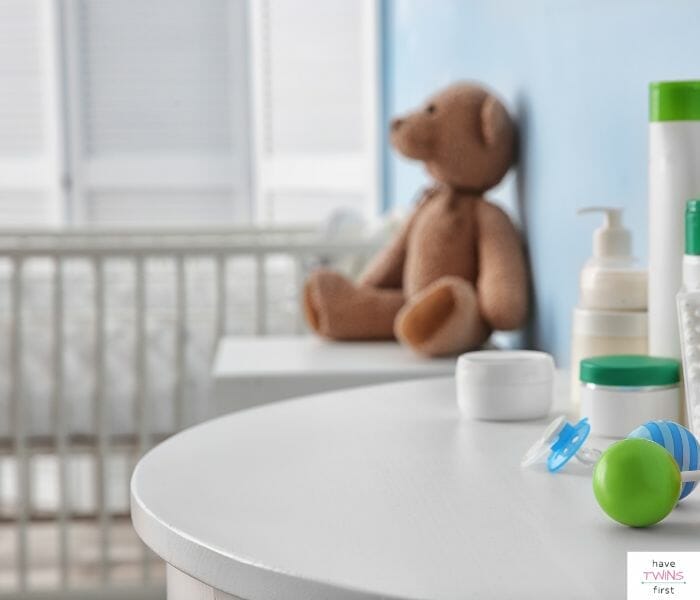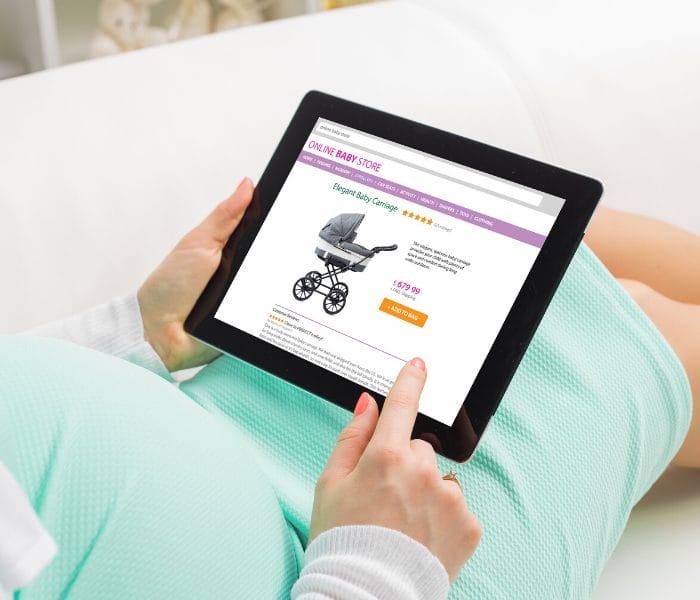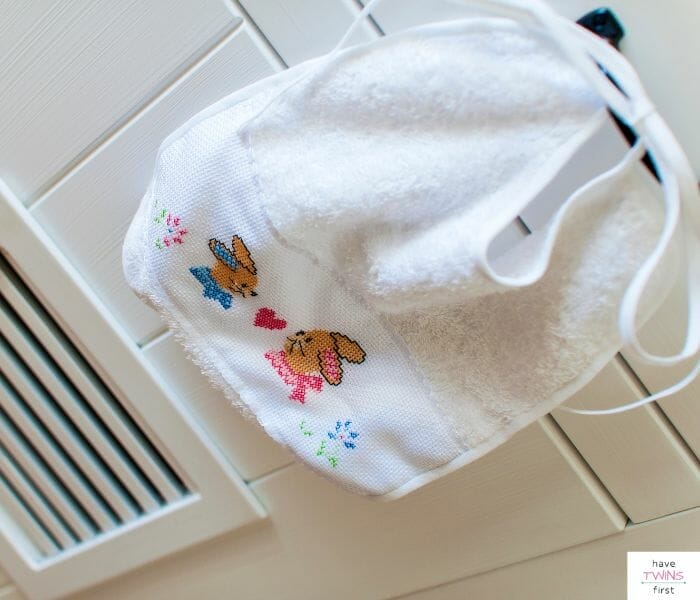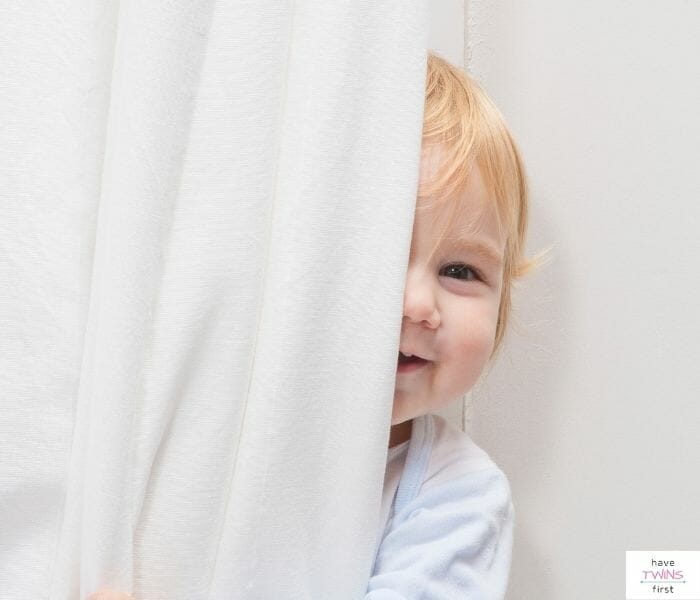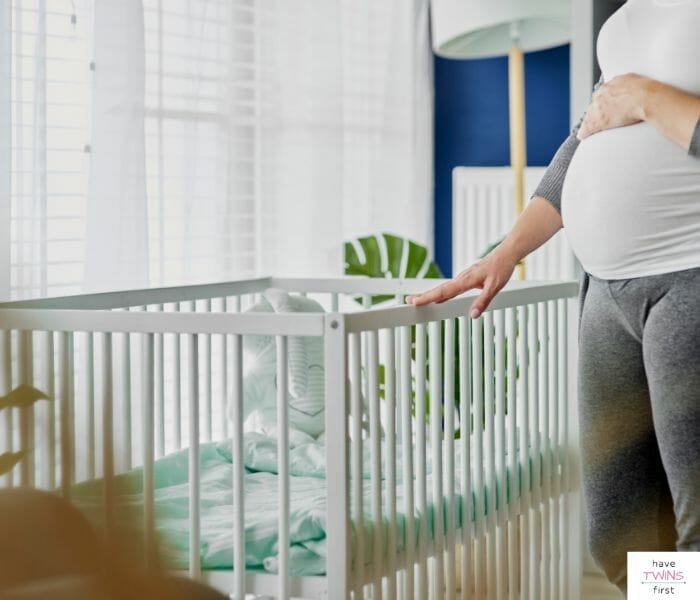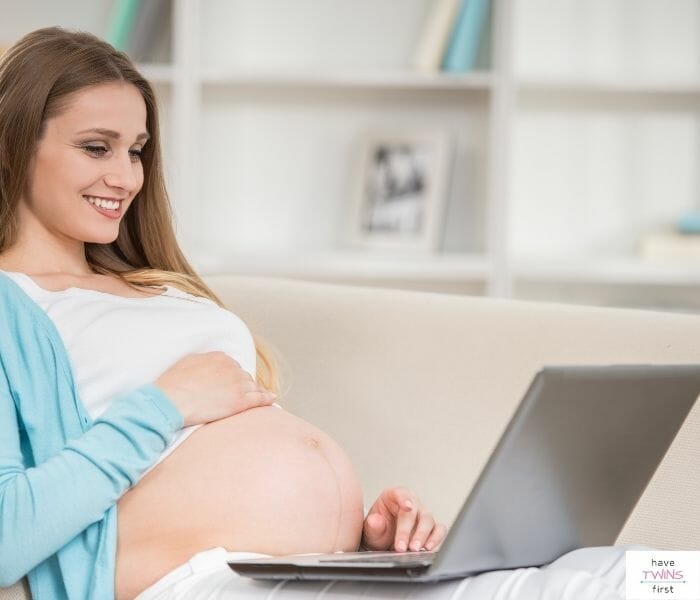Last updated: November 6, 2024
As a mom of 3, I found pacifiers to be a huge lifesaver to help my babies fall and stay asleep. But how many pacifiers do you need? In this article, I will guide you through how many you will want through the various stages of the first year. Additionally since I am a twin mom, I am also sharing how many pacifiers you need for twins.
Please note, there are affiliate links in this post. Read my privacy & disclosure policy at the bottom of this page to learn more.
Do Babies Need Pacifiers? Are They Necessary?
No, pacifiers are not essential. You can skip them if you want. However, there is no harm in using them.
Personally, all three of my children used pacifiers as babies, so I’m a big fan of them. They can help your baby sleep more peacefully and cry less often. Plus, studies have shown that the use of pacifiers reduces the risk of SIDS.
How Many Pacifiers Do You Need in the First Year?
I recommended having at bare minimum 4 pacifiers on hand at any one time. Your baby can suck one while you sterilize the other. Moreover they usually get lost, so it’s best to have some spares too.
If you have two floors, you might want some pacifiers for upstairs and some for downstairs. It’s also useful to keep one in your diaper bag or attached to the car seat strap.
With all these options, the number of pacifiers you need can add up. So, depending on the number of floors in your home and if you drive a car, you could end up wanting up to 6-8 pacifiers in rotation.
Now, besides needing 4-8 pacifiers, you should also consider that you will purchase larger pacifiers after your baby reaches approximately 6 months of age. Additionally, you will have to replace pacifiers that get damaged, lost, or just start to get gross in general. This means you will likely need about 12-20 pacifiers total during your baby’s first year.
Related: When & How To Introduce a Pacifier
How Many Pacifiers Do You Need for a Newborn?
For newborn babies, I recommend purchasing two different brands of pacifiers. This way you can see what your baby prefers and buy more of this type once you know what your baby likes. Once you know your newborn’s preferences, I would have 4-6 pacifiers available.
How Many Pacifiers Should I Put On My Baby Registry?
I recommend picking two different brands of pacifiers and registering for them. Typically there are 2-3 pacifiers in a package so you should add a total of 4-6 pacifiers to your baby registry.
The reason I recommend this is you will be able to see which brand and type of pacifier your baby prefers before investing in ones he or she will not use. Make sure you pick pacifiers that are sized for newborns.
How Many 0-3 Months Pacifiers Do I Need?
0-3 month pacifiers are made for newborns. As described above I recommend having 4-6 pacifiers on hand in the 0-3 month size to start.
If you find ones your baby prefers and would like more, then you can purchase them after your baby arrives. The good thing is pacifiers are not ultra expensive.
How Many Pacifiers Do You Need for Twins?
Again, I recommend seeing which pacifiers each twin prefers. You can start with 2-3 packages of pacifiers for twins. Each package should be a different brand or type.
If your newborn twins like the same pacifiers then you will need about 8 of them. If they like different ones then you will want at least 4 of each type. My twins had different preferences, which was not as convenient.
Before we move on, you might want to grab these FREE printable Pregnancy Checklists. They include a baby registry, hospital bag, and trimester checklist and you can get them by clicking the button below.
What Size Pacifiers Should I Get?
Pacifiers are available in different sizes and shapes, but they are sized by your baby’s age. So you can use your baby’s age as a guide and buy or register for ones based on how old your baby is. When adding pacifiers to your registry, look for ones that start with an age range of 0 months.
My Kids Favorite Pacifiers
There were two pacifiers brands my three kids liked the most. I had two babies that liked the Philips Avent soothie pacifiers. Once they grew out of those (around 3 months), they easily transitioned the Philips Avent Ultra Soft pacifiers. We switching to these because I found as my babies got bigger, this type of pacifier lasted longer.
Meanwhile, I had one baby that only liked the NUK orthodontic pacifiers. It took a lot of tries to find a pacifier she liked and this one stuck. I thought I would share my personal experience, since it might help you decide which pacifiers to register for or purchase.
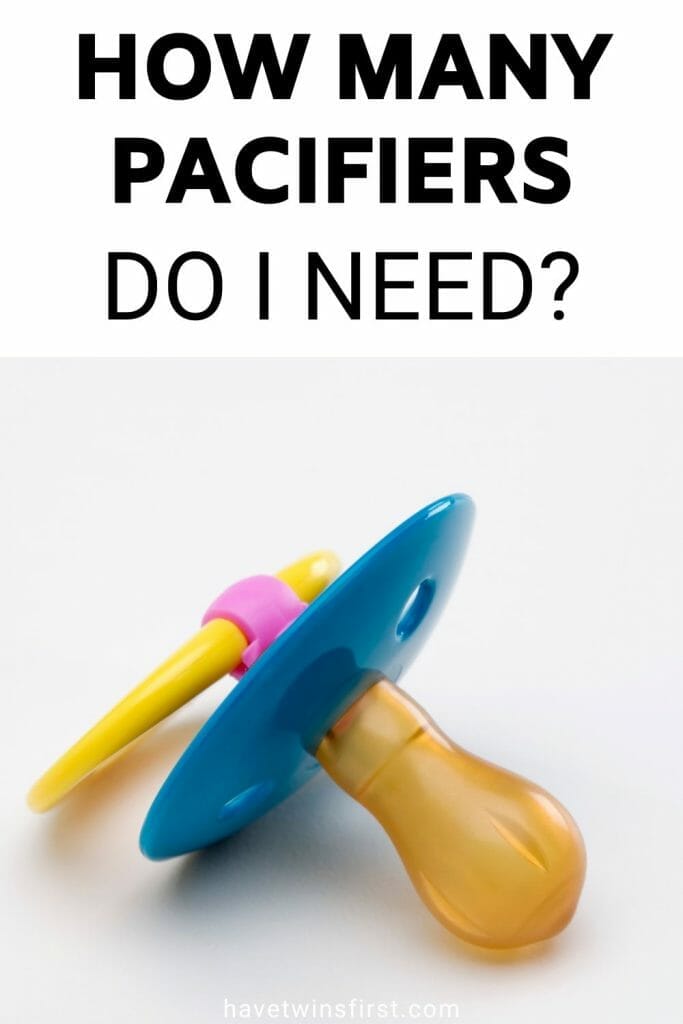
Figuring out how many pacifiers you need at the different stages of your baby’s life can be tricky.
I hope you have a better understanding of how many pacifiers you need for your baby or babies. It is a good idea to buy a couple different shapes and sizes or add them to your baby registry. Finally before I sign off, you might find these other articles on how much you need of various baby items helpful too.


